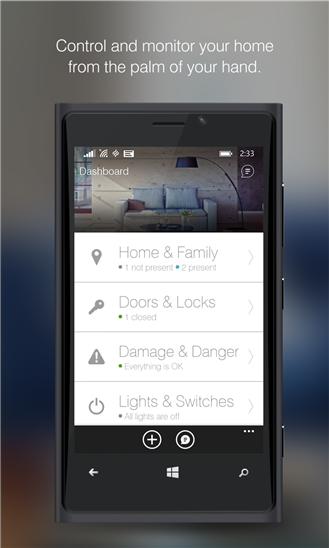
It's easy to set up, comes with a widget, and the app is intuitive. SmartThings is probably our best recommendation to turn your phone into a remote control for your smart devices, provided they are compatible. Configuration is easy, and it avoids using a third-party platform like IFTTT. They can be conditional and control various devices at the same time. In addition, SmartThings' built-in automation features are powerful. Most importantly, it allows you to add widgets to your homescreen, making it more convenient to control your lights and other devices without opening an app. This is easier to do when dealing with a smaller number of providers, but it's still worth noting. For instance, it can display a live feed of our Ring cameras and doorbells, while even Alexa doesn't let us achieve this. However, the app doesn't let you change the color for several lights at once, even when they're in a group, and only lets you dim them to the same level.ĭespite this limitation, SmartThings usually fully supports the devices it works with, meaning it's unlikely to show a device in the list if you can't interact with it. Similarly, it lets you create light groups that can work independently of rooms, letting you control several bulbs simultaneously, regardless of their manufacturer. In addition to offering a more intuitive interface and better customization options than the first two apps, SmartThings also has handy features, such as setting timers for the lights to turn off automatically after a certain amount of time or at a specific hour. There are apps you can install that help you interact with a variety of providers without worrying about having devices from different brands.

However, using different mobile device apps to interact with different platforms may be cumbersome. On the other hand, you usually carry your phone with you, which means you can use it to control your smart appliances wherever you are. In addition, these devices aren't free, so having one in every room may become costly. However, there are times when you may not want to use your speaker, either because you'd rather keep it quiet or because it sometimes doesn't understand what you're saying. That's because you interact with them through a speaker, which sends the command to the proper server that controls the lights.

If you plan to interact with these devices using a smart speaker or display, you may forget the bulbs in the living room are a different brand compared to the ones in the kitchen. When setting up your smart home ecosystem, you may not buy the same brand for everything, and that's fine.


 0 kommentar(er)
0 kommentar(er)
